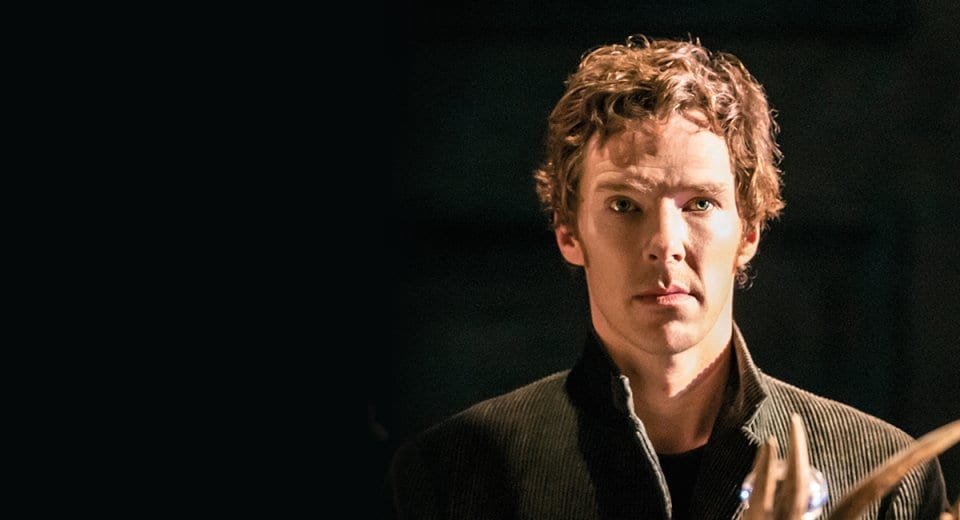The height of any professional actor’s career is likely to be around the time they undertake the role of Shakespeare’s Prince of Denmark, Hamlet. From David Tennant, to Jude Law, to Benedict Cumberbatch, Hamlets have sold out stages and been transformed into film, while they continue to evolve in the shape of modern theatre. However, with countless productions taking the stage of theatres across the world over a span of centuries, it’s the unique identity and idiosyncrasies that each production gives the renowned character that truly makes one stand out among thousands.
A new, upcoming version of Hamlet has recently been announced, with Ian McKellen starring in an ‘age-blind’ performance. Directed by Sean Mathias, this will be the first major post-lockdown performance, perhaps presenting a unique Hamlet amongst a unique theatre, where government guidelines will enforce viewing limitations for the audience.
According to a statement, “the schedule, from June 29, will be carefully choreographed around social distancing, screening, hygiene, and PPE, with close adherence to the latest government guidelines. There will be a daily review of the protection protocol based on practical considerations learnt in the rehearsal room. If the show can’t yet go on, rehearsals at least will”.
Sean Mathias has re-examined Hamlet to allow McKellen, now aged eight-one, to perform a role that he initially played fifty years ago. The show will be unique, to say the least, especially as age-blind casting is nowhere as near prevalent as gender-blind casting is in contemporary theatre. However, this reinvention is definitely an interesting step; five other unique Hamlet productions broke boundaries in their era…
1948
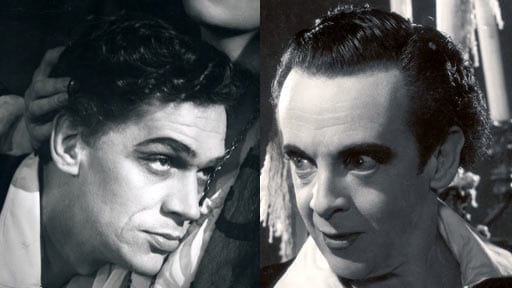
A 1948 production, starring Paul Scofield and Robert Helpmann as Hamlet on alternate performances, was set in the Victorian era, with Elsinore revived as a Gothic mansion in which the atmosphere was even darker and ominous than the traditional setting. For contemporary audiences, the merging of Victorian England and Shakespearean times under Elizabethan rule suggested how political governance and supernatural belief hadn’t really changed.
1979
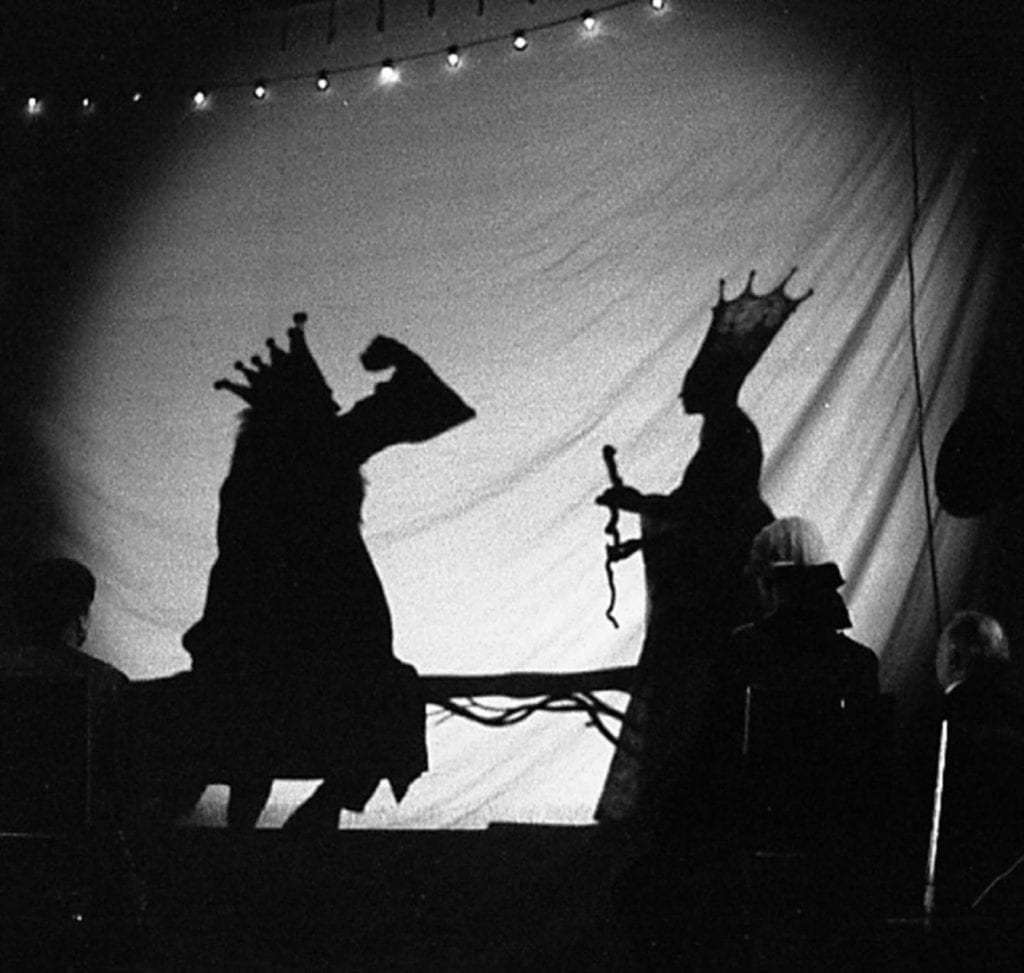
A technological approach to Hamlet was staged in Cologne, in 1979, and was produced by Hansgunther Heyme. This production featured actors videoing each other, further blurring the famous theme of appearance versus reality. A wall of television monitors on stage reflected the corruption the characters filmed with handheld monitors, whilst Hamlet was actually played by two actors; one who followed the traditional script, and one who portrayed his alter-ego, revealing his sexual fantasies remaining onstage.
1980
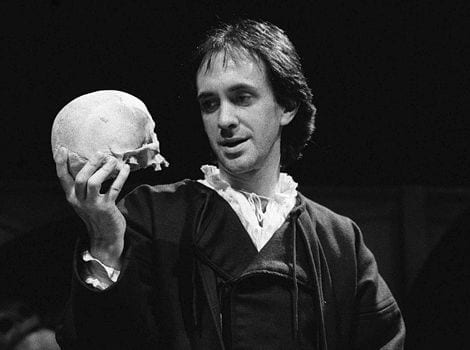
Jonathan Pryce, playing Hamlet in 1980, also played the part of the Ghost of King Hamlet, as Richard Eyre’s production introduced a protagonist possessed by the spirit of his father, speaking both characters’ lines. By showcasing Hamlet’s dichotomy, this performance reflected the mental impacts of societal issues that were being addressed towards the end of the 20th century.
2000
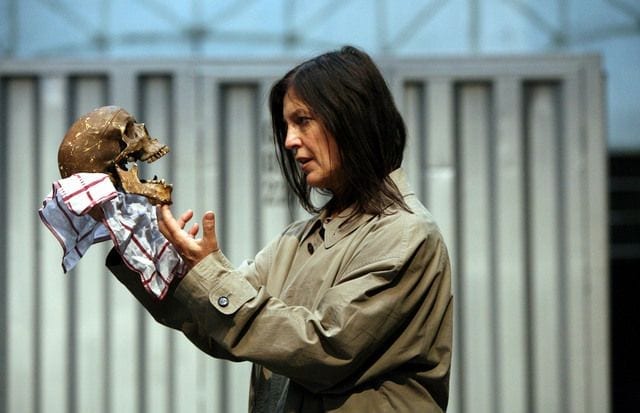
Perhaps the most obvious radical presentation of Hamlet is him being played by a woman. Despite the misogyny of Hamlet himself, as theatre evolved and women’s rights on stage were introduced, Hamlet has been played by female actors since the 18th century. However, in more recent times, Angela Winkler took on the role at the Edinburgh Festival in 2000, which was praised by critics who suggested “that women are better equipped to convey the emotional depths in Shakespeare’s troubled hero“.
2017
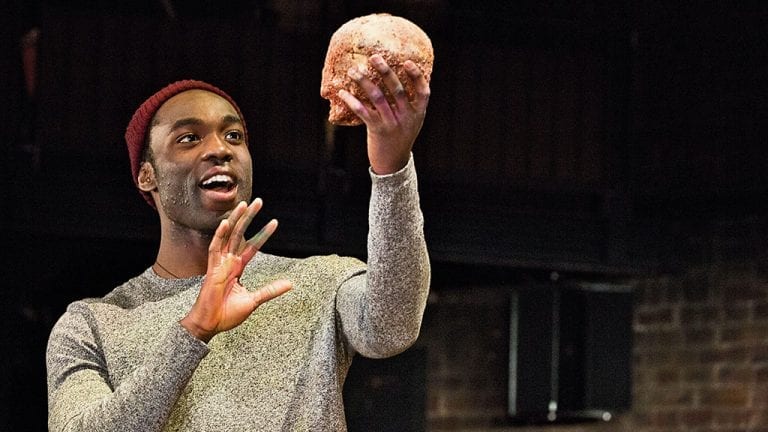
Despite the gender-blind casting turning into somewhat of a trend in contemporary theatre, colour-blind casting has not been as prevelant. Only very recently has a Black actor taken on the role of Hamlet; at the RSC, Paapa Essiedu played the first Black Hamlet in 2017, where the story was set brightly in technicolour in West Africa, not Denmark.
The different portrayals of Hamlets over time have shared radical and innovative interpretations of the traditional role, whilst breaking boundaries of their time to allow their audiences to explore societal and theatrical changes taking place. This is something which will surely be enforced by the post-Coronavirus theatre productions, as well as McKellen’s age-blind role.
Words by Meghna Amin.
